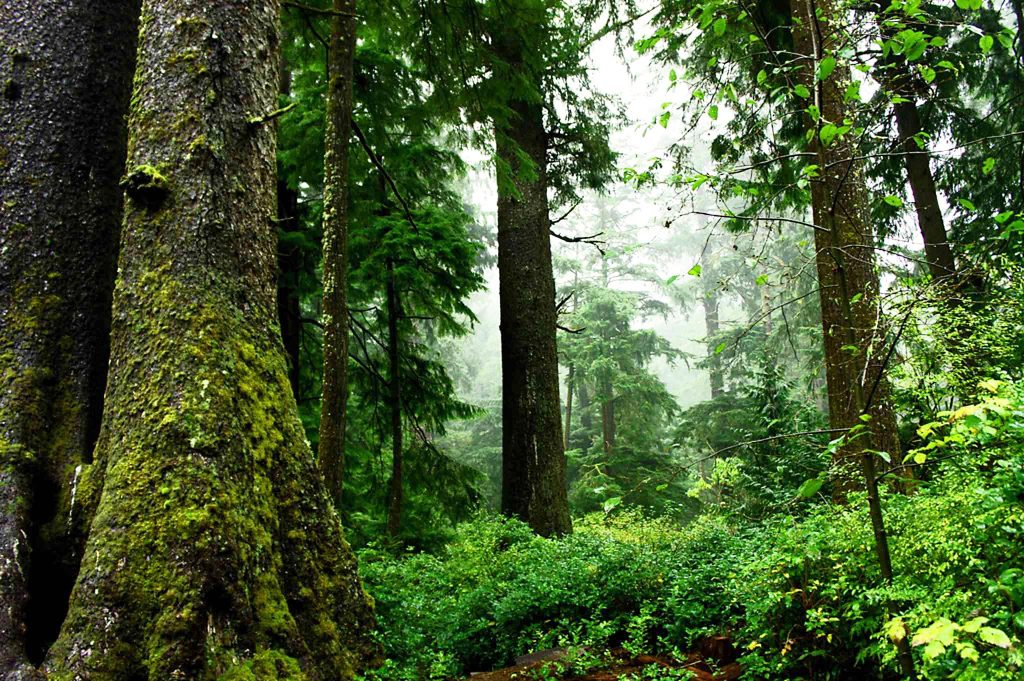
by Anne Kilgannon – This book is a revelation and a challenge. Once read, you will not hear the world in the same way as before Gordon Hempton woke your senses and alerted you to the real danger we all face, of a loss we may not have noticed or put into words that allowed us to recognize and name. We live in a world of near-constant and intrusive noise, man-made or more accurately, machine-made. He writes forcefully and with great technical knowledge about the “extinction of quiet places” and more than equates that extinction with the onslaught faced by endangered animals and plants.
His work adds a new dimension, that of noise, to the dangers faced by all species, as so insidious we may not have consciously noticed it, but nonetheless its invasion encroaches on quality of life and is an actual impairment of life. For instance, if birds cannot hear each others’ songs of courtship, or danger calls, or other communicative chirps and cheeps, then their lives are that much less functional; the level of impairment is correlated with their survival. To the extent we humans cannot hear the birds, cannot hear the wind softly in the trees, or the frogs in spring, or ourselves in repose, our lives are diminished and we are less functional. And after awhile we don’t even know what we have lost.
Hempton’s book recounts a journey he took across the country from our far corner of the Northwest in a meandering line toward the “other” Washington on the east coast, measuring sound levels all the way and sharing his reflections and frustrations with his readers. While the structure of the book is pegged to that drive, his thoughts and stories encompass his years of work gathering sound recordings all over the Earth and all he has come to understand about acoustical environments and their spiritual and health—physical and mental—implications for humans and wildlife alike.
His goal for this journey is both modest seeming and colossal: Hempton wants to create the world’s first officially designated quiet place. And he has exactly the place in mind: a particular spot in the midst of the Hoh Rainforest within the Olympic National Forest. His notion is that if he can attain a protected “one square inch” of silence that effort will really protect a much larger area given the nature of how sounds spreads laterally for miles. His hope is to convince the National Park Service to honor its founding ethic, to maintain our national parks—even just one of them, Olympic, “unimpaired for the enjoyment of future generations.” In 2008, when he launched this project that was a tall order; Hempton recognized that it would take more than sound measurements and data to re-route air traffic, and even regulate machine noise generated within the park by park employees, by visitors, and other intrusions. It would entail tremendous political will and bureaucratic muscle to make the necessary changes, to put quiet first, convenience second. It would take what he calls “a thunderstorm of public opinion” demanding a revolution of values and a recognition of the harm noise creates, what is lost to us and to all living creatures if we can’t make the necessary changes.
This is difficult and painful reading, but I want to leave you with the other side of Hempton’s vision: what we will gain from the restoration of natural quiet. As he so eloquently states, “Fighting noise is not the same as preserving silence…anti-noise strategies are not the solution…they do nothing to help us reconnect to the land. And the land is speaking…to fall back in love with the land we need silence.”
“Silence is not the absence of something but the presence of everything.” Hempton says this more than once and it is worth digging into his meaning. The silence he references is not a world without sound; indeed it is full of birdsong, the trickle of streamwater and the roar of the ocean, the bugling of elk and their quiet footfall on the forest paths, it is insect hum and the soft wafting of a falling leaf. These sounds bring us into the moment and ground us in place and time. Without them we get lost. His writing is studded by such pause-and-think statements as, “If a tree falls in the forest but there is too much noise to hear it, does it still make a sound?” And one more for your inspiration: “Silence gives me strength to be a good Earth citizen. I do not know if silence can be saved. Saving silence will take many voices.”
I can only skim the surface here of his profound message. Imagine if we cannot hear the dawn chorus because noise intrudes; it would be not a “silent spring” but devastating in a different way. We should consider adding our voices to this cause. Quietly but with a roar of urgency and appreciation for what we still have.
Some of Gordon Hempton’s sound recordings can be heard on BirdNote in a special series found here: https://www.birdnote.org/contributor/gordonhempton
To learn more about Hempton and his work, see: https://www.soundtracker.com/, and specifically about his crusade: https://onesquareinch.org/about/







